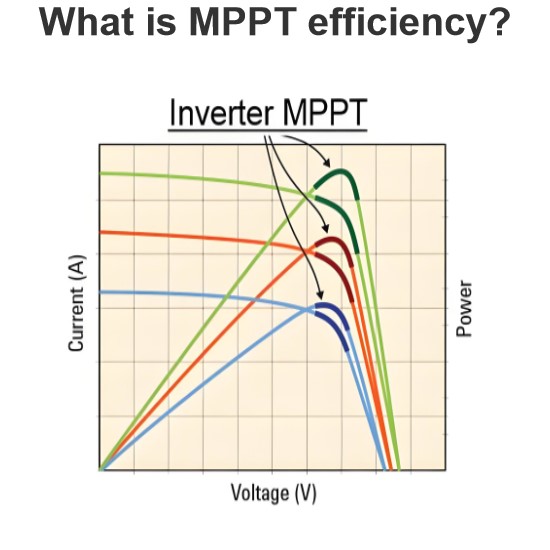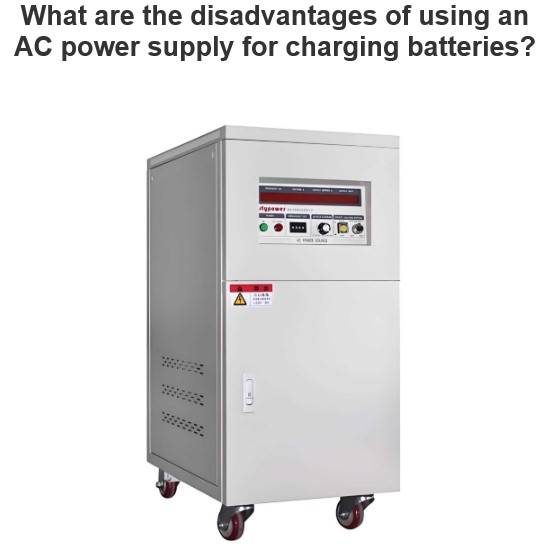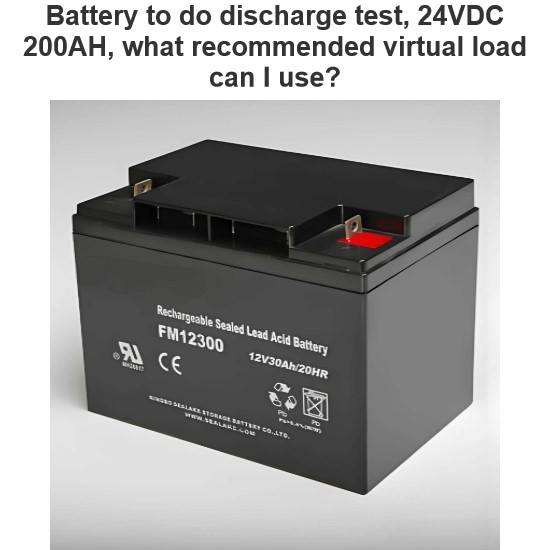Charging of Battery and Discharging of Battery
Before going in detail of this subject i.e. charging and discharging of battery , we will first try to understand what is oxidation and reduction. Because, battery are discharged or charged due to oxidation and reduction reactions.
For understanding the theory of oxidation and reduction, we can directly go to an example of chemical reaction. Let us consider the reaction between zinc metal and chlorine.
In the above reaction zinc (Zn) first gives up two electrons and becomes positive ions.
Here, each chlorine atom accepts one electrons and becomes negative ion.
Now, these two oppositely charged ions combine together to form, zinc chloride (ZnCl2)
In this reaction as the zinc gives up electrons, it is oxidised and the chlorine accepts electrons, hence it is reduced.
As when an atom gives up electron, its oxidation number increases. Here in our example the oxidation number of zinc becomes + 2 from 0. As the oxidation number increases, this part of the reaction is referred as oxidation reaction. On the other hand, when an atom accepts electrons, it’s negative oxidation number increases, which means oxidation number of the atom decreases in respect of zero reference. As the oxidation number is decreased or reduced, this part of the reaction is called reduction.
Discharging of Battery

In a battery there are two electrodes immersed in an electrolyte. When an external load is connected to these two electrodes, oxidation reaction starts occurring in one electrode and at the same time reduction occurs in other electrode.
The electrode, where oxidation takes place, the number of electrons becomes excess. This electrode is referred as negative electrode or anode.
On the other hand during discharging of battery, the other electrode involves in reduction reaction. This electrode is referred as cathode. The electrons which are excess in anode, now flow to the cathode through external load. In cathode these electrons are accepted, that means cathode material gets involved in reduction reaction.
Now the products of oxidation reaction at anode are positive ions or cations, that will flow to the cathode through the electrolyte and at the same time, products of reduction reaction at cathode are negative ions or anions, that will flow to anode through the electrolyte.
Let us take a practical example for illustrating discharge of battery. Lets consider a nickel cadmium cell. Here, cadmium is the anode or negative electrode. During oxidation at anode cadmium metal reacts with OH – ion and releases two electrons and becomes cadmium hydroxide.
The cathode of this battery is made of nickel oxyhydroxide or simply nickel oxide. In cathode, reduction reaction takes place and due to this reduction reaction, nickel oxyhydroxide becomes nickel hydroxide by accepting electrons.
Charging of Battery

During charging of battery, external DC source is applied to the battery. The negative terminal of the DC source is connected to the negative plate or anode of the battery and positive terminal of the source is connected to the positive plate or cathode of the battery.
Now, due to external DC source, electrons will be injected in the anode. Reduction reaction takes place in the anode instead of cathode. Actually in the case of discharge of battery, reduction reaction takes place at cathode. Due to this reduction reaction, the anode material will regain electrons and returns to its previous state when the battery was not discharged.
As the positive terminal of the DC source is connected to the cathode, the electrons of this electrode will be attracted by this positive terminal of DC source. As a result oxidation reaction takes place at the cathode and cathode material regains its previous state (when it was not discharged). This is the overall basic of charging of battery.
Now take an example of rechargeable nickel cadmium cell. During charging of battery, the negative and positive terminals of charger DC source are connected to the negative and positive electrode of the battery. Here at anode, due to presence of electrons from DC negative terminal, reduction takes place due to which cadmium hydroxide again becomes row cadmium and releases hydroxide ions (OH–) to the electrolyte.
At cathode or positive electrode, due to oxidation, nickel hydroxide becomes, nickel oxyhydroxide releasing water in the electrolyte solution.
During charging of battery, the secondary battery turns to its original charged state and ready for further discharging of battery.
Statement: Respect the original, good articles worth sharing, if there is infringement please contact delete.
Electrical4U is dedicated to the teaching and sharing of all things related to electrical and electronics engineering.




